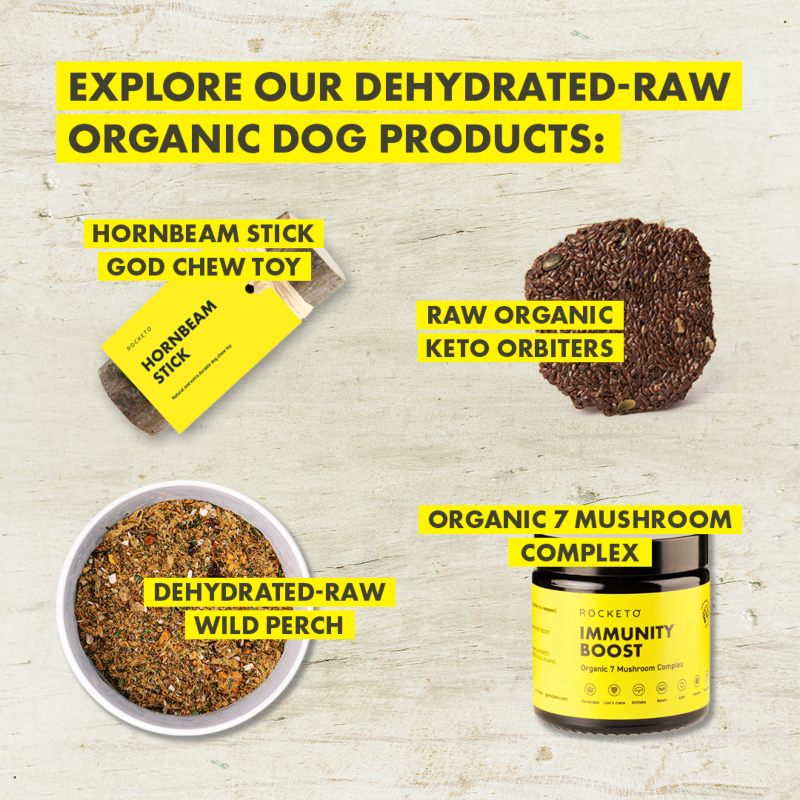20% OFF FIRST 2 SUBSCRIPTION ORDERS
TRY ROCKETO RISK-FREE - MORE DETAILS HERE

Article at a Glance
Fussy eaters can certainly be a challenge for their owners! And it is no joy for the dog either, as all dogs should love their food. In this article we will look at:
In this article, we are defining fussy eaters as dogs who show little or no enthusiasm to a specific food when the bowl is put down.
Other reasons why dogs may not eat their food may include:
There are so many reasons why a dog may be fussy with their food, we will cover the main ones here.
Listening to your dog’s feedback is important, but also understanding changes take time. You will soon find your dog understands the routine and takes the opportunity to eat in their ‘feeding window’. Questioning WHY your dog is not enjoying their food is crucial.

References
